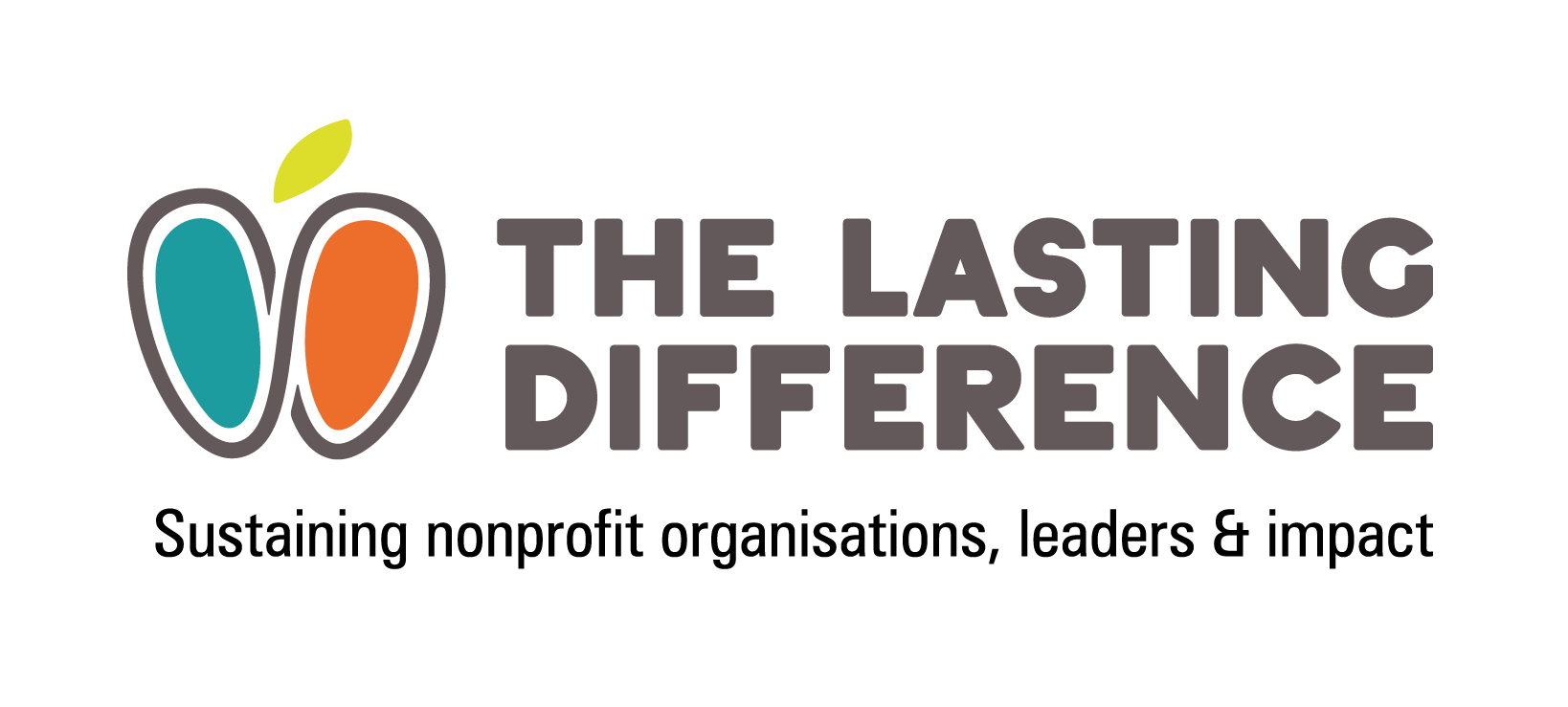You know when you study something because it’s interesting, but you’re not sure how relevant it will be? That’s how I felt about knowledge management when I did it as a postgrad back in 2010.
At the same time, I had seen that management school fashions tend to take 10-20 years to spread to the real world. And here we are in 2020, with knowledge management being cited a key concern among our clients as they respond to the current crisis:
- Where does business-critical knowledge sit – who has it and how do we find it?
- What are the risks that our organisations know less than their staff?
- What happens to our knowledge when people leave or go on furlough?
- Do we even know what we know?
- Should we focus on getting knowledge out of people’s heads and into written policies? Would that make us any safer?
- How do we capture and use today’s learning to help sustain us towards a new future?
Why it matters
The concerns above are not trivial. Knowledge is a vital strategic asset for non-profit organisations. Charities and social enterprises typically have more, and more valuable, intangible assets (like ways of working, intellectual property, branding and reputation) than tangible assets (like properties, hardware and money in the bank).
People have been talking about knowledge management since the 1960s, when non-routine, specialist information processing roles became a vital part of modern workforces. The early literature got hung up on epistemological debates about the nature, creation and transferability of knowledge. Was it a product that could be generated, stored and shared, or a process that was created only by doing – knowhow or ‘deep smarts’?
Philosophy aside, the way you define knowledge influences how you go about investing in and managing it.
Developing your knowledge management strategy
As knowledge, intellectual property and other intangible assets become more important to organisations of all kinds, so does the need to manage and account for them.
If you want to start managing knowledge better, first you need to decide – or agree – what it is you are trying to manage. How are knowledge, learning and innovation understood in your organisation? What are the values underpinning them, and how will they be supported and used? The time, budget and other resources available for investment should also be clear.
In short, be clear on your goals: what is your knowledge strategy trying to achieve? What is the balance between approaching knowledge as a product and as a process?
The table below sets out some important differences
| Knowledge as a product | Knowledge as a process | |
| Source | Cognition; individual; specialisation | Action; teamwork; sharing |
| State | Explicit | Tacit, knowhow |
| Storage | Policies, manuals, guides, IT | People, procedures, processes |
| Strategy | Supply and storage – support availability; efficiency; replicability | Demand and drawdown – support generation and use; effectiveness |
| Innovation | Incremental | Continual |
| Supervision | Oversight, authority, central control | Support, autonomy, devolved control |
| Structure | Hierarchy, vertical | Network, lateral |
| Skill | Low skill, learning ‘of’ and ‘about’ | High skill, learning ‘how to’ |
So what is knowledge management?
If we combine the definitions and approaches shown above, knowledge management becomes a process of exploring, storing and exploiting the things an organisation knows:
- Exploring: creating a working environment that encourages learning, experimentation and generating knowledge.
- Storing: developing systems and tools that encourage knowledge to be shared and used.
- Exploiting: putting knowledge (and knowhow) to use, to benefit the organisation, its people and its stakeholders.
These things don’t tend to happen naturally – and don’t easily lend themselves to being managed in the traditional sense. Managing knowledge needs a facilitative, empowering, cooperative approach, with more asking than telling.
Effective knowledge management strategies begin by being fundamentally clear on the specific goal they are meant to achieve. Evidence shows they succeed when: they are mission-critical, not when they are just nice to have; and they link to wider organisational strategies for managing learning and change. In addition, they must:
- Have ongoing senior support
- Be resourced
- Be rooted in a shared vision, with buy-in across the team
- Be grounded in existing organisational realities (resources, politics, culture etc.)
- Be tested and reviewed
- Learn from external input and other organisations’ experiences
- Help information to flow across organisational boundaries, i.e. learning from and sharing with clients, external partners and internal colleagues.
Download the Lasting Leadership guide to knowledge management here.
